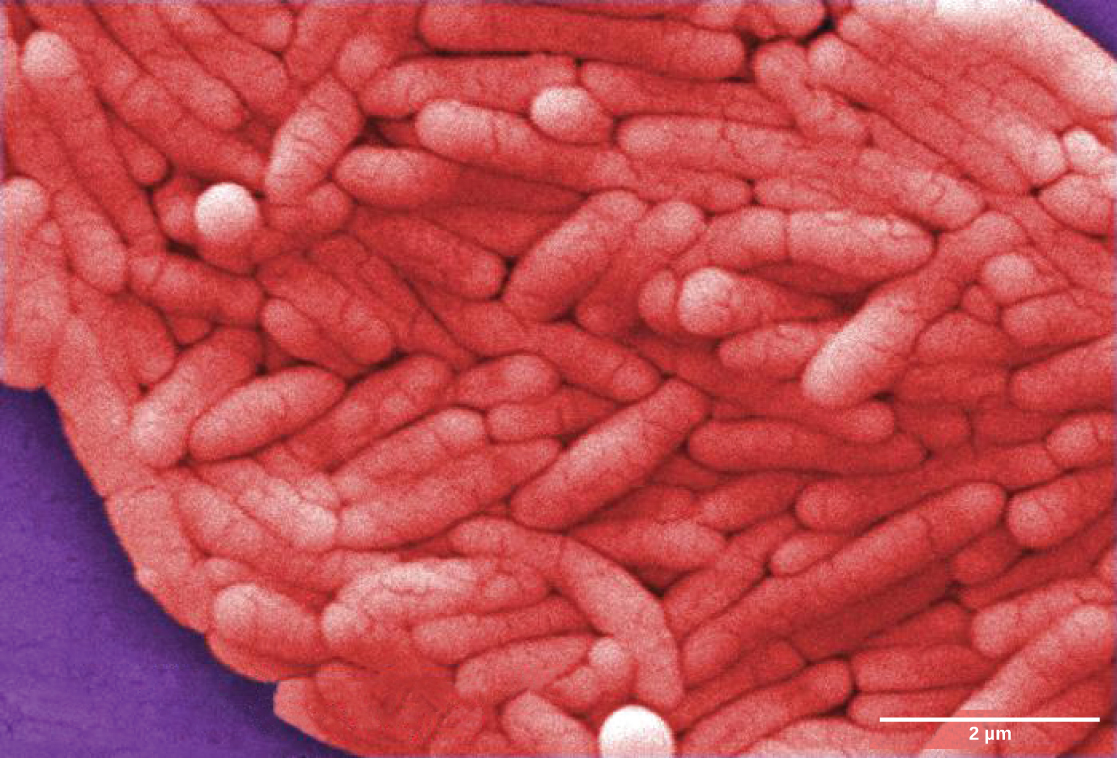| << Chapter < Page | Chapter >> Page > |
Epidemiologists study how diseases affect a population. An epidemic is a disease that occurs in an unusually high number of individuals in a population at the same time. A pandemic is a widespread, usually worldwide, epidemic. An endemic disease is a disease that is constantly present, usually at low incidence, in a population.
There are records about infectious diseases as far back as 3000 B.C. A number of significant pandemics caused by bacteria have been documented over several hundred years. Some of the most memorable pandemics led to the decline of cities and nations.
In the 21 st century, infectious diseases remain among the leading causes of death worldwide, despite advances made in medical research and treatments in recent decades. A disease spreads when the pathogen that causes it is passed from one person to another. For a pathogen to cause disease, it must be able to reproduce in the host’s body and damage the host in some way.
In 430 B.C., the Plague of Athens killed one-quarter of the Athenian troops that were fighting in the great Peloponnesian War and weakened Athens’ dominance and power. The plague impacted people living in overcrowded Athens as well as troops aboard ships that had to return to Athens. The source of the plague may have been identified recently when researchers from the University of Athens were able to use DNA from teeth recovered from a mass grave. The scientists identified nucleotide sequences from a pathogenic bacterium, Salmonella enterica serovar Typhi ( [link] ), which causes typhoid fever. Papagrigorakis MJ , Synodinos PN , and Yapijakis C . Ancient typhoid epidemic reveals possible ancestral strain of Salmonella enterica serovar Typhi. Infect Genet Evol 7 (2007): 126–7, Epub 2006 Jun. This disease is commonly seen in overcrowded areas and has caused epidemics throughout recorded history.

From 541 to 750, an outbreak of what was likely a bubonic plague (the Plague of Justinian), eliminated one-quarter to one-half of the human population in the eastern Mediterranean region. The population in Europe dropped by 50 percent during this outbreak. Bubonic plague would strike Europe more than once.
One of the most devastating pandemics was the Black Death (1346 to 1361) that is believed to have been another outbreak of bubonic plague caused by the bacterium Yersinia pestis . It is thought to have been contracted initially in China and spread along the Silk Road, a network of land and sea trade routes, to the Mediterranean region and Europe, carried by rat fleas living on black rats that were always present on ships. The Black Death reduced the world’s population from an estimated 450 million to about 350 to 375 million. Bubonic plague struck London hard again in the mid-1600s ( [link] ). In modern times, approximately 1,000 to 3,000 cases of plague arise globally each year. Although contracting bubonic plague before antibiotics meant almost certain death, the bacterium responds to several types of modern antibiotics, and mortality rates from plague are now very low.

Notification Switch
Would you like to follow the 'Principles of biology' conversation and receive update notifications?